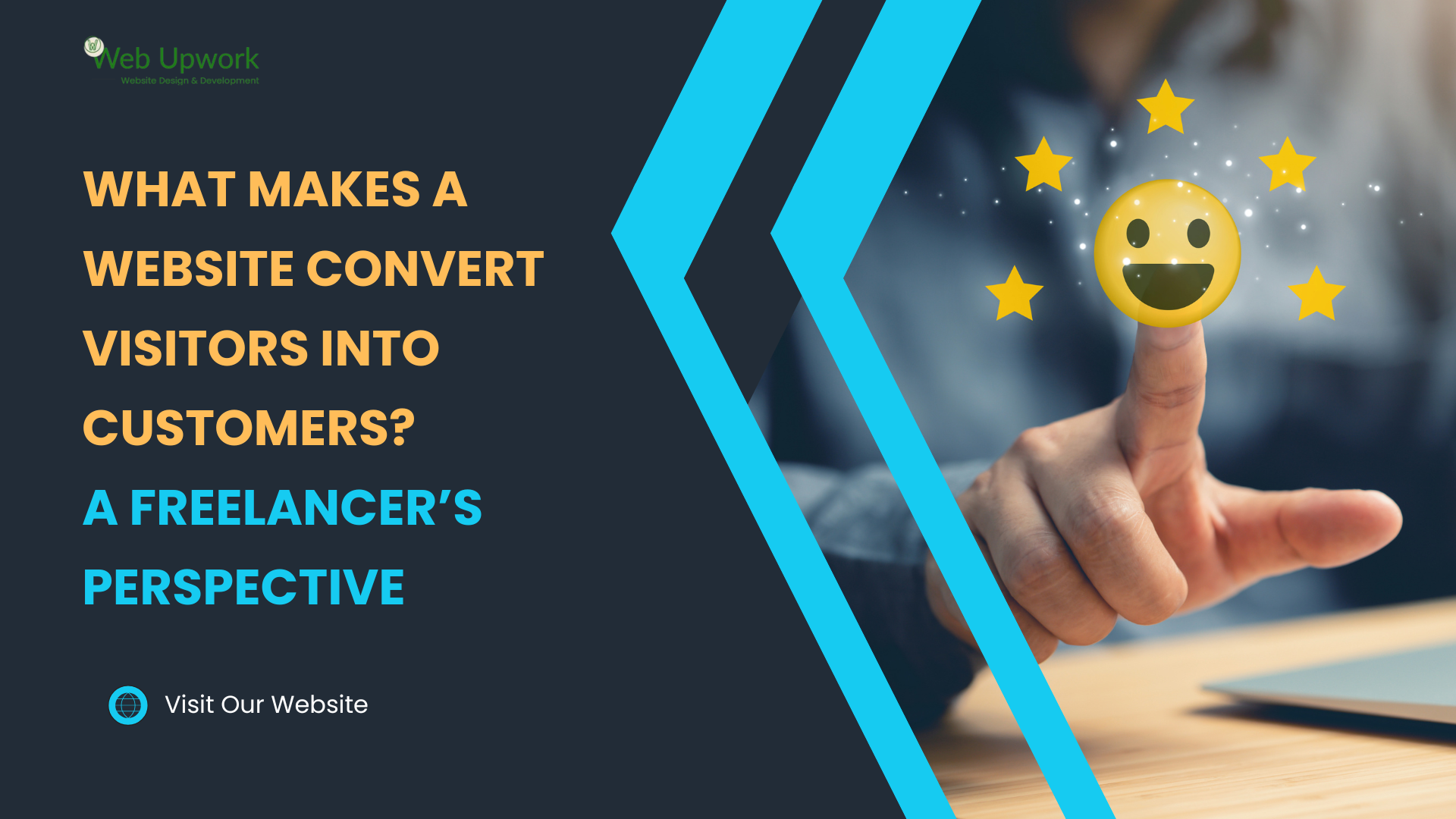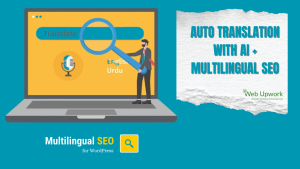Over the past 12+ years of working as a freelance WordPress web designer, I have built and optimised hundreds of websites for clients across industries. One pattern I see again and again is this: many businesses are able to get traffic to their website, but they struggle to turn those visitors into paying customers.
In today’s digital-first world, having a website is not enough. A website should not only look attractive but also be structured in a way that builds trust, engages the visitor, and encourages them to take action. Recently, I came across a business article that mentioned Indian companies are spending more on digital presence than ever before. But still, conversion rates remain a challenge. This is something I also observe in my freelance journey.
So, from my perspective as a freelancer, here’s what truly makes a website convert visitors into customers.
1. Clear Purpose and Strong First Impression
When a visitor lands on a website, they decide within seconds whether to stay or leave. This is why clarity matters more than fancy visuals.
A good website should immediately answer three questions:
-
What does this business do?
-
Who is it for?
-
Why should I trust them?
I often see websites with long sliders, flashy animations, or confusing taglines. They may look “creative” but they don’t tell the visitor why they should care. On the other hand, websites that present a clear message upfront see much better conversions.
2. Speed and Mobile Friendliness
In India, more than 70% of users browse websites on mobile. If a website is slow or not optimised for mobile, users will leave before they even see what you offer. Studies show that if a site takes more than 3 seconds to load, more than half of users drop off.
As a freelancer, I always prioritise lightweight design, image compression, and proper speed optimisation. A fast, mobile-friendly website is not just good for user experience but also boosts SEO rankings.
3. Building Trust and Credibility
People don’t buy from websites, they buy from people or brands they trust. Adding trust signals can make a huge difference in conversions. Some simple but powerful ones are:
-
Client testimonials
-
Case studies with measurable results
-
Reviews from platforms like Upwork or Google
-
Logos of companies you’ve worked with
-
Certifications or media mentions
When a visitor sees proof that others have trusted you, they feel more confident about doing the same.
4. Simple Navigation and User Flow
I often tell clients that a website is like a shop. If people get lost inside, they walk out. A website should have simple menus, clear categories, and logical flow.
For example, if you are a service provider, every page should guide the visitor towards contacting you, booking a consultation, or requesting a quote. Adding too many distractions or links confuses visitors. A clear path = higher conversions.
5. Content That Speaks to the Customer
Good design attracts attention, but good content convinces. Most businesses only talk about their services, but the real question in a visitor’s mind is: “Can this person solve my problem?”
That is why the content should focus on:
-
Customer pain points
-
How your solution helps
-
Benefits instead of just features
Adding blogs, FAQs, and case studies builds authority. It shows that you understand the customer’s needs and positions you as the right choice.
6. Strong and Clear Call-to-Action (CTA)
One of the biggest mistakes I see on websites is generic CTAs like “Click Here” or “Contact Us”. These don’t create urgency or clarity.
Instead, action-driven CTAs like:
-
“Book a Free Consultation”
-
“Download the Guide”
-
“Get Your Quote Today”
These work better because they tell the visitor exactly what to expect. Placement also matters — CTAs should appear naturally throughout the site, not just on the contact page.
7. Analytics and Continuous Improvement
Conversion is not a one-time setup. Even after a website is launched, businesses should track how users behave.
Tools like Google Analytics, Hotjar, or Microsoft Clarity show where users drop off, which pages perform well, and what needs improvement. Small tweaks like moving a button higher, changing colours, or simplifying forms can have a big impact on conversion rates.
As a freelancer, I always advise clients to treat their website as a living system that evolves with time.
Takeaway as a Freelancer
From my experience, the websites that truly convert are not just designed for beauty. They are designed for clarity, speed, trust, and action. A good website combines:
-
Clean and fast performance
-
Clear messaging
-
Trust-building elements
-
Customer-focused content
-
Strong CTAs
At the end of the day, a website is your 24/7 salesperson. If it fails to convince, you lose opportunities even while you sleep. Businesses in India are investing heavily in online presence, and with the right approach, they can ensure that investment brings real customers, not just traffic.

<?php
//Remove Gutenberg Block Library CSS from loading on the frontend
function smartwp_remove_wp_block_library_css(){
wp_dequeue_style( 'wp-block-library' );
wp_dequeue_style( 'wp-block-library-theme' );
wp_dequeue_style( 'wc-blocks-style' ); // Remove WooCommerce block CSS
}
add_action( 'wp_enqueue_scripts', 'smartwp_remove_wp_block_library_css', 100 );





